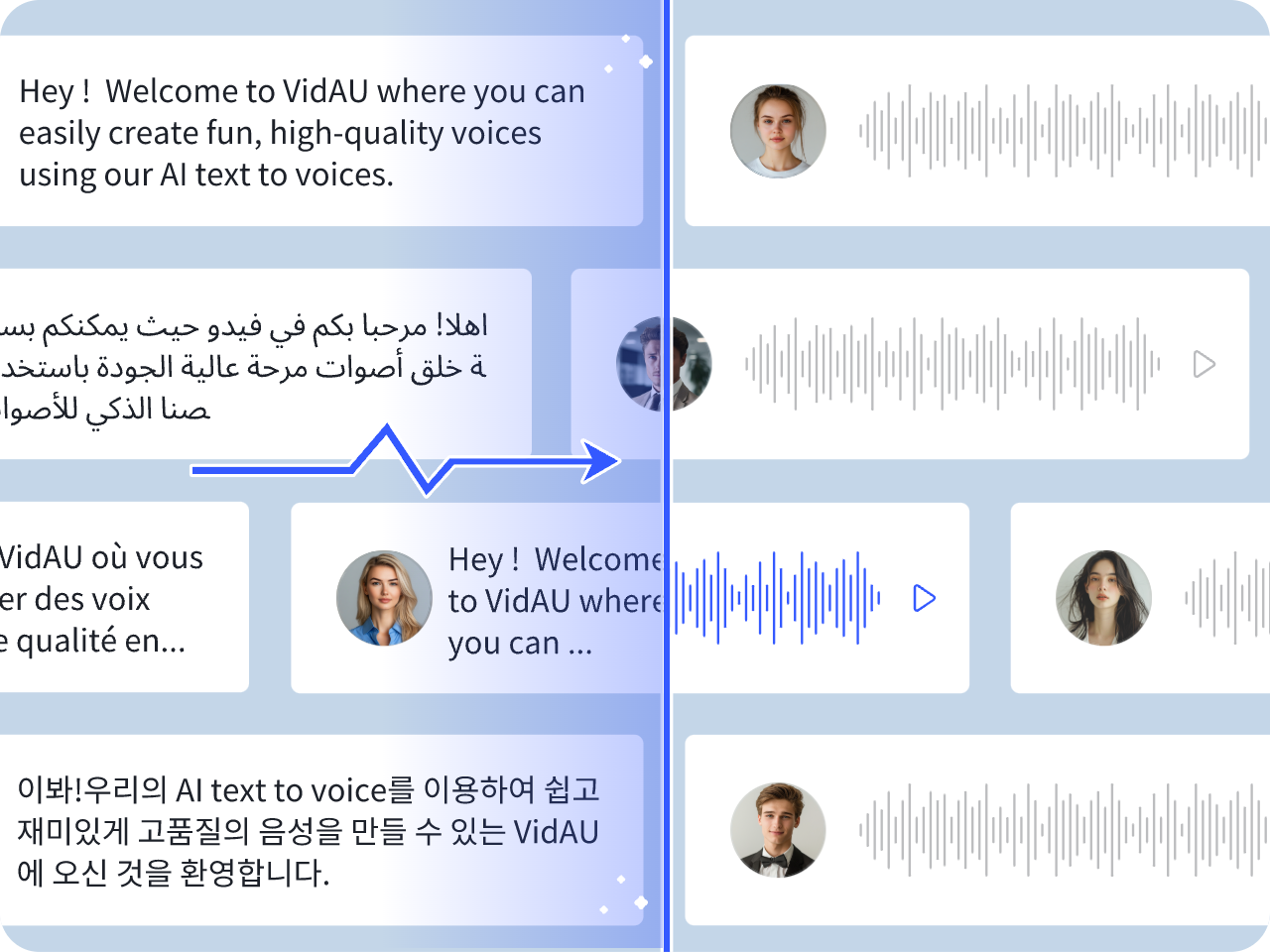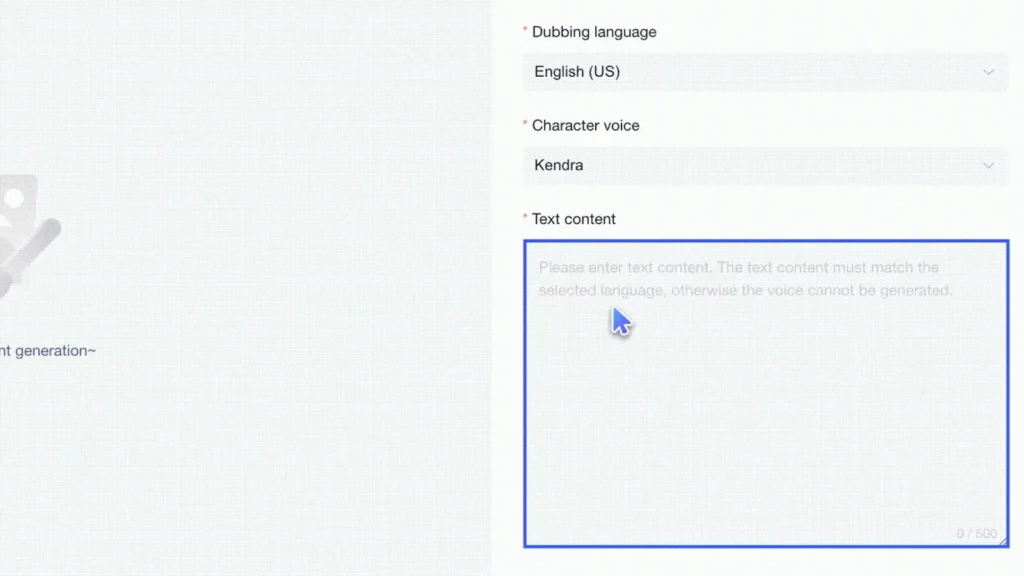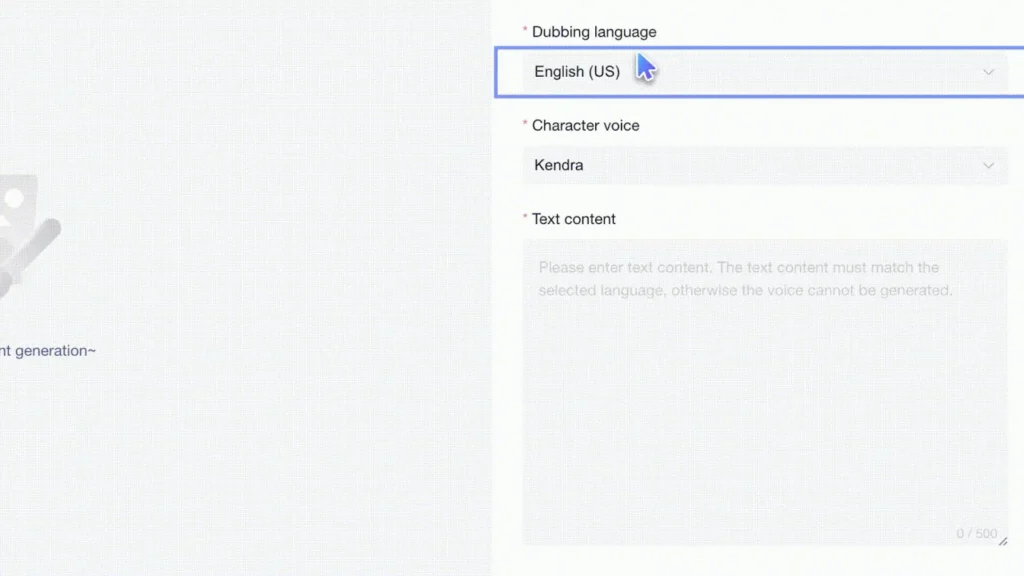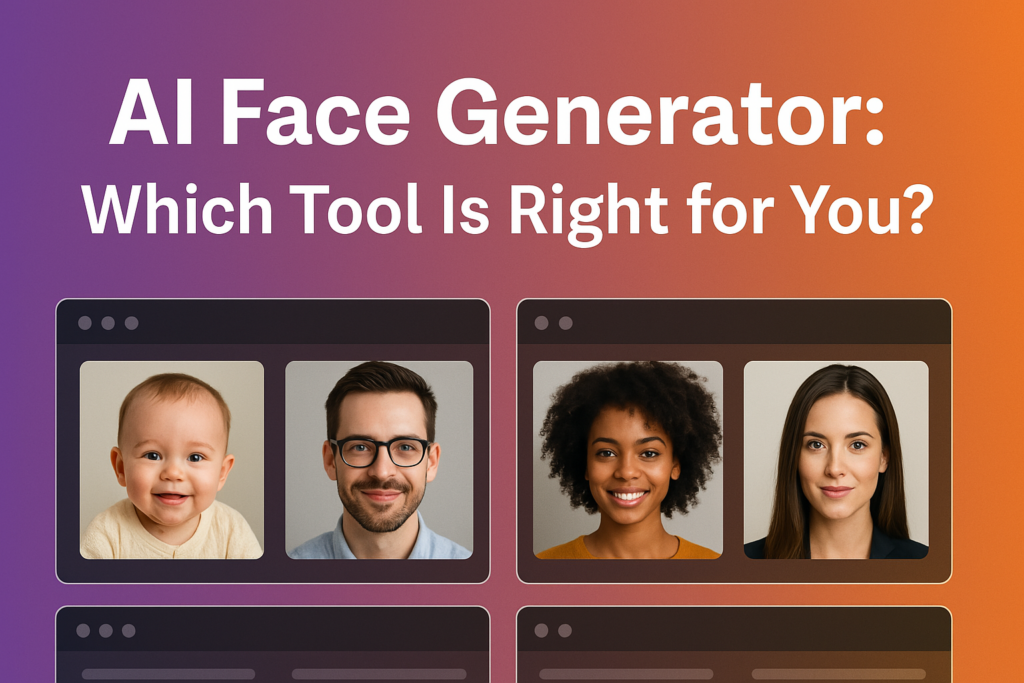
What is a Text to Speech Reader?
A text to speech reader is a tool that uses artificial intelligence to convert written text into spoken words. Unlike early versions that produced AI reading voices, modern TTS readers generate natural, human-like speech. These tools are essential for accessibility, productivity, and convenience.
Development of Text Reader AI
Text Reader AI is based on Text-to-Speech (TTS) technology. This technology has come a long way since its inception, transforming from rudimentary, robotic-sounding outputs to the highly sophisticated, natural-sounding AI reading voices we encounter today.
Early Beginnings
The origins of TTS can be traced back to the 18th century when mechanical devices known as “speaking machines” were first developed. One notable example is the “Speaking Machine” created by Wolfgang von Kempelen in 1778. This device used a series of bellows, reeds, and resonant chambers to mimic human speech. However, these early attempts were far from perfect and could only produce a limited set of sounds.
The advent of digital computing in the 20th century revolutionized TTS development. In the 1930s, Bell Labs created the vocoder, a device that automatically broke down speech into its basic tones and resonances. Building on this technology, Homer Dudley developed The Voder (Voice Demonstrator), a keyboard-operated voice synthesizer, which became the first device that could generate continuous human speech electronically.
Voder
In the following years, further advancements were made with the development of technology. Spectrogram images of speech’s acoustic patterns can be converted back into sound. Formant synthesis approach manipulated the frequency components of the sound to generate more natural-sounding speech.
The Rise of Concatenative Synthesis
The 1990s saw the emergence of concatenative synthesis, a significant leap forward in TTS technology. This approach involves concatenating small segments of recorded human speech to generate sentences. The segments, known as “phonemes,” are pieced together in a way that mimics natural speech patterns. One of the key advantages of such a speech engine is its ability to produce highly natural-sounding speech, as it uses actual recordings of human voices.
Neural Network Revolution
The most significant recent advancements in TTS technology have come from the application of neural networks and deep learning. Neural network-based models have dramatically improved the naturalness and expressiveness of synthesized speech.
Neural TTS systems leverage large datasets of recorded speech and text to train models that can generate high-quality audio. These models are capable of capturing the nuances of human speech, including intonation, stress, and rhythm, leading to more engaging and lifelike voices.
VidAU: The Best AI Voice Reader
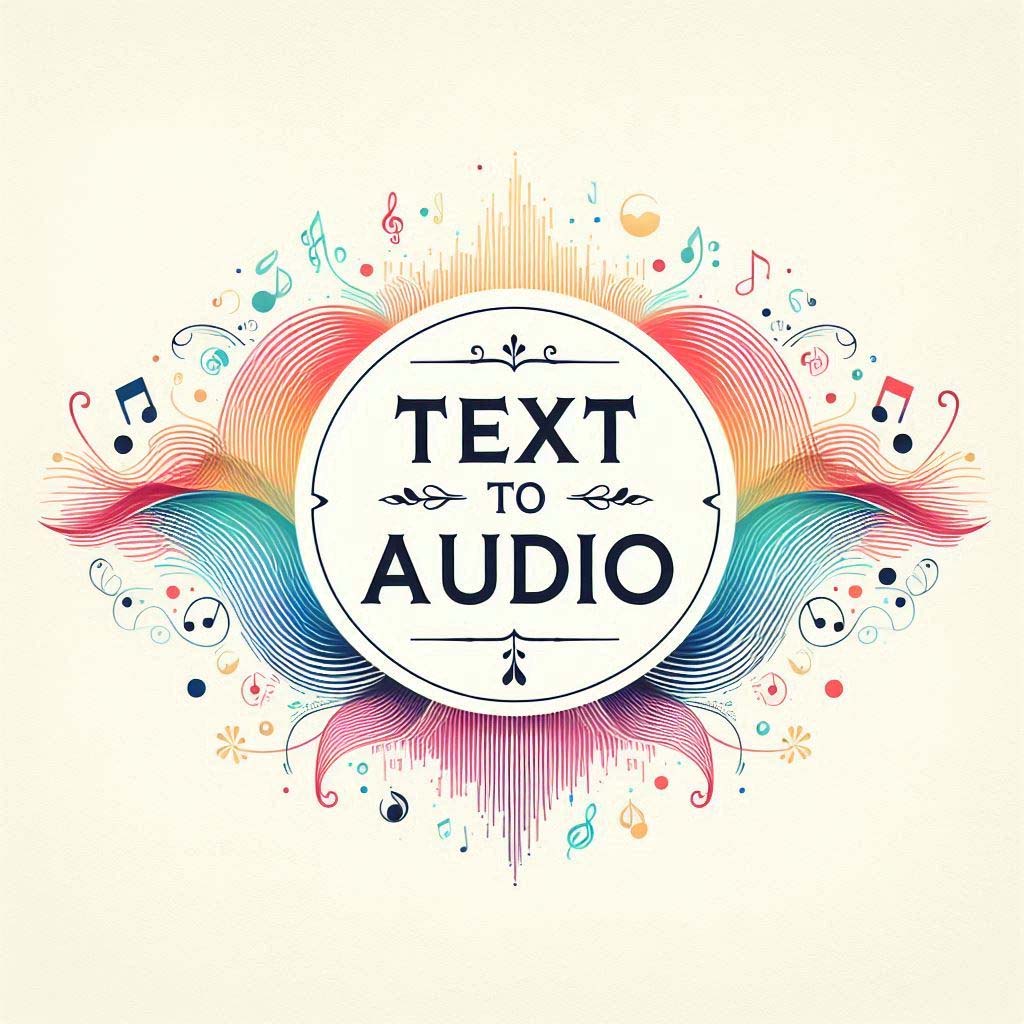
VidAU is a video generation platform, but its TTS also stands out, making it one of the best AI voice readers. Designed to provide users with a seamless text-to-speech experience, VidAU combines advanced technology with user-friendly features, making it an indispensable tool for various applications, from education to entertainment. Here are some of its features:
Natural Voices That Engage
The heart of any TTS system is the naturalness of its voices. VidAU. AI excels in this area, offering voices that are smooth, clear, and as close to human speech as you can get. Compared with most embedded AI voices in readers, the voices generated by VidAU are much more emotional and appealing. Whether it’s a casual blog post, a formal report, or a captivating story, VidAU’s voices keep listeners engaged, making the content feel more authentic and relatable.
Multi-Language Support
In today’s globalized world, the ability to communicate in multiple languages is crucial. VidAU’s TTS shines with its multi-language support, allowing users to convert text into speech in a variety of languages. This feature is invaluable for multilingual readers who enjoy reading books from different cultural backgrounds.
User-Friendly Interface for All Skill Levels
VidAU’s interface is designed with the user in mind.T he interface is clean and straightforward, with clear options and controls that even first-time users can understand. It’s like having a personal librarian who guides you through the process, ensuring that you can focus on the content, not the technology behind it.
High-Quality Output for Professional Results
When it comes to the actual reading, VidAU delivers a high-quality audio output that’s crisp, clear, and natural sounding. It’s as if a professional narrator is bringing your text to life. When you are reading a fairy tale, the high-quality voice generated by VidAU can help you get involved in the story.
Benefits of Using AI Voice Reader
Using a text to speech reader offers numerous advantages:
- A Lifeline for the Visually Impaired
For those with visual impairments, the world of literature and learning can sometimes seem out of reach. But with an AI voice reader, every word can be heard, not just seen. Imagine a student who loves history but can’t read the textbook due to their condition. With the touch of a button, the AI voice reader can bring those historical accounts to life, making learning as easy and enjoyable as listening to a friend tell a story.
- Customization for a Personalized Experience
A good AI voice reader doesn’t just read; it adapts to the listener’s preferences. Users can adjust the speed, pitch, and even the voice type to match their liking. It’s like having a personal reading assistant who can read to you in the way you prefer. For example, if you’re trying to relax before bed, you might slow down the pace and choose a soothing voice to make the experience more calming.
- A Learning Tool for Young Ears
Young children are like sponges, absorbing information through the sounds around them. An AI voice reader can help build their vocabulary by reading stories and educational content aloud. It’s like having a storyteller who never runs out of tales. For instance, a child can listen to a story about animals in the jungle, and with each listen, they learn new words and concepts, all while being entertained.
- A Digital Companion for the Elderly
As we age, handling small screens and fine print can become a challenge. But with an AI voice reader, older adults can continue to enjoy their favorite books, newspapers, or even recipes without straining their eyes. It’s like having a friendly neighbor who comes over to read to you.
How to Use VidAU as Text to Speech Reader
Here’s a step-by-step guide to using an AI reading tool effectively:
Best Practices for Using a Text to Speech Reader
To get the most out of your text to speech reader, consider these tips:
- Check for Errors:
Before you paste the text, take the time to scan your text for a while. Errors, typos, or unusual symbols can confuse the TTS reader and lead to awkward or incorrect pronunciations. For example, if you have a medical text with lots of technical terms, double-checking the spelling and format can make sure the TTS reader pronounces them correctly, maintaining the accuracy of the information.
- Select Quality Voices:
Not all TTS voices are created equal. Some sound more natural and engaging than others. When selecting a voice, listen to samples to find one that suits the tone and style of your content. If you’re creating an audiobook for children, you might choose a voice that is lively and expressive to keep young listeners entertained and engaged.
- Select Right Language:
Choosing the correct language is crucial, especially when dealing with texts that contain specialized vocabulary or regional dialects. For instance, if you’re reading a travel guide for Spain, using a Spanish voice with a local accent can make the guide more authentic and relatable to users familiar with that region’s speech patterns.
